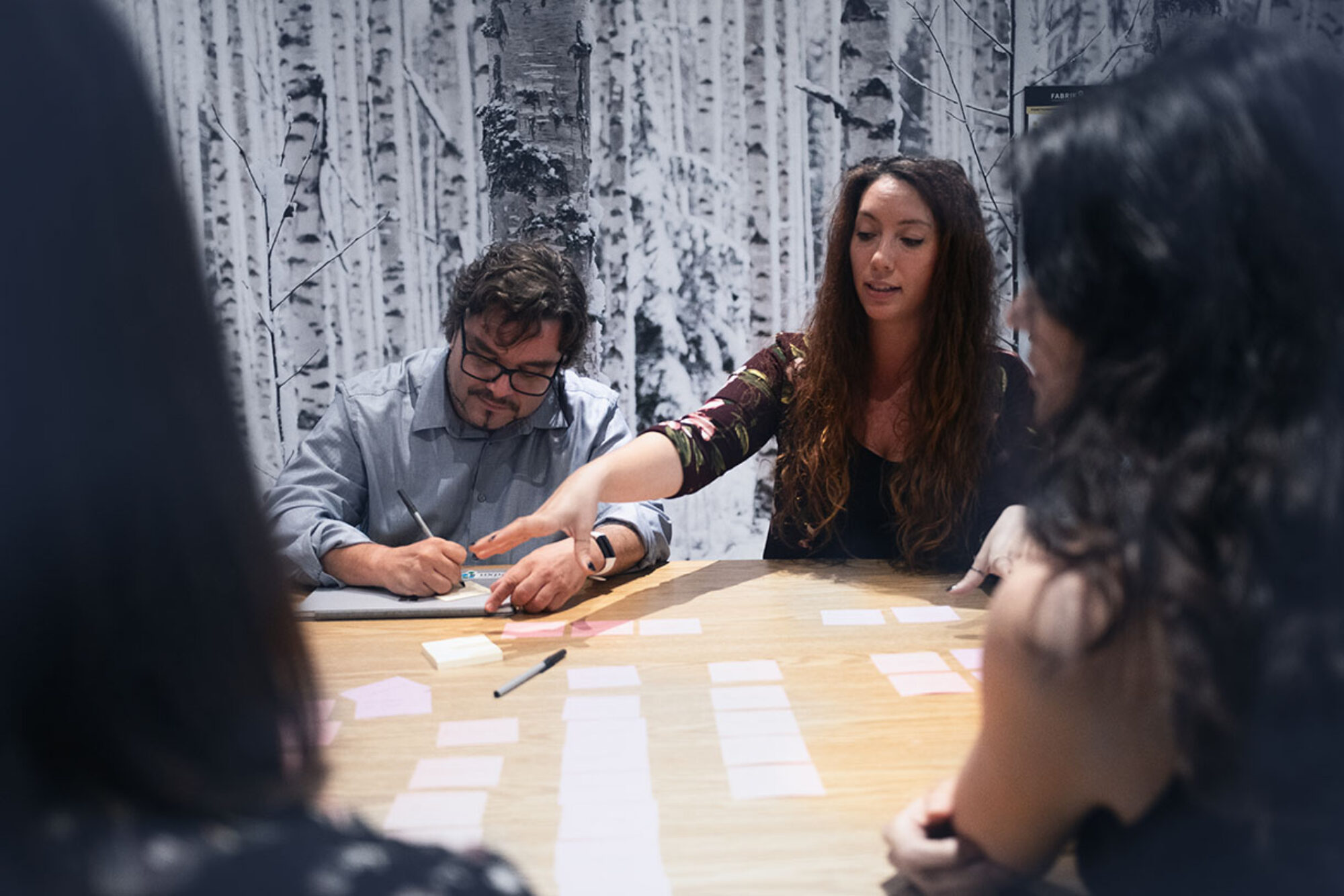What we do


Data informs and guides our work. The gathering of data is a rewarding trail that leads directly to the (sometimes hidden) needs and emotional responses of users. There are different ways of reaching out to users to gather data. Together, we’ll determine which one suits you best.
01
When are they used?
To gather a large amount of data in a short time; and to better understand how existing systems are being perceived.
Objective
Collect qualitative data on the participants’ needs, opinions and experiences.
Participants’ attitudes towards a system, product, service or concept can be verified in a focus group.
What does it involve?
A focus group is a bit like a group interview. A facilitator asks selected people questions in a structured fashion and invites them to talk openly about their experiences.
During the workshops, participants are invited to speak frankly and honestly about the chosen themes. Focus groups are about gaining a deeper understanding of a given issue rather than finding a solution to a known problem.

02
When are they used?
To gather detailed, engaging and intimate data.
Objective
Delve deeper into the real needs of users.
Individual interviews are done face to face. This allows for a more detailed and personal form of questioning.
What does it involve?
The participant’s story is documented, and nuances emerge between what is said and what is done. The data collected is invaluable and can lead to the discovery of hidden needs.
With individual interviews, we can obtain data on the participant’s attitudes and opinions, as well as on their preferences, beliefs and mental images of a product, system or concept.
The interview approach will vary according to the client’s needs and the data sought. The objective is always the same: draw a precise portrait of the users in the desired research context.
03
When is it used?
To learn how users actually interact with products in their natural environment.
Objective
Observe actual activity in its natural environment.
It’s a fact: there’s often a difference between what people do and what they say. But this dissonance isn’t always intentional. Shadowing (observation), whether discreet or immersive, allows us to see the actual activity.
What does it involve?
Using the participant’s natural environment, this method of exploration makes it possible to gather data on their practices, habits, needs and desires. It also helps us understand the context in which the participant must interact with the product or service.
The approach is intended to be as non-intrusive as possible. While discreetly accompanying the participant in their activities, the consultant is able to make observations and start to gain an understanding of the participant’s reality.
04
When are they used?
To gather a large amount of data in an accurate way.
Objective
Survey the product in the field in order to gather data immediately.
UX surveys are done online or in person, with a product or out of context. With this method of exploration, we can quickly gather answers on a specific subject.
What does it involve?
UX surveys allow us to reach out to potential or actual users in order to better understand their expectations, thoughts and needs. They also help us to uncover a user’s desires and preferences.
This is an interesting way to probe the participants’ perceptions and level of appreciation. Surveys are a great tool for gathering answers almost instantaneously.
05
When are they used?
To gather data on user behaviour before the product design phase.
Objective
Understand the needs and expectations of users, and target opportunities.
Analyzing the diary studies
Journal de bord
Habits
What are the typical media consumption behaviours of the subjects? Where and when do users come into contact with your platforms? What actions are planned, and which are spontaneous?
Attitudes and emotions
How do your users feel when using your platforms? How does the brand impact their attitude?
User journeys
How do users’ perceptions of the brand change over time? What are the pain points or moments of delight that you don’t know about?
Context
When, why and how are platforms being used, or do they cease to be used? What do users do just before and after being in contact with your product?
Diary studies deliver several benefits. The open, less controlled structure can bring to light elements that the research team might not have considered.
Having the ability to do more things at the same time means that a great deal of field data can be gathered.
Diary studies enable you to deepen your knowledge about a target group before engaging in other field research activities. The team can then pursue promising avenues of research based on analysis of all the diary studies.
Ready to get started?
Request a quote